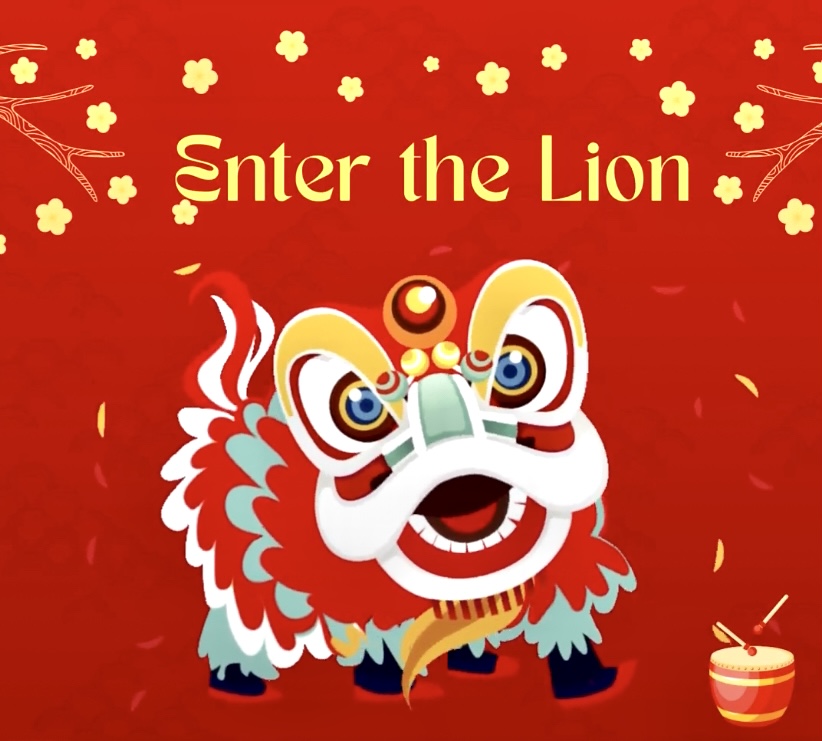Enter the Lion
By Julian Mokhtar

Chinese New Year is here again, and here’s wishing everyone a happy and prosperous year ahead. Time for the traditional dinners, special dishes, yee sang, and of course the lion dance. The first time I watched a lion dance was when I was maybe eight years old, in front of the Hotel Merlin ( now the Concorde Hotel). There was a kungfu demonstration as well, and it was finished off with a string of firecrackers stretching from the ground to the hotel roof. As I grew up I took it as part of living in Malaysia. Being traditional, they didn’t differ very much from each other, as far as I could see, that is. Then it more or less dropped off the radar for about 10 years, being perhaps not banned but “not encouraged”. At the time it had been decided to basically invent a National Culture, which led to a number of traditional practices and performances sharing the same fate. Just a little while ago I got to thinking about the lion dance again. I’d watched some videos of the “modern” style performances using poles and there are some spectacular movements. Compared to the ones I’d watched before the level of skill and strength was very impressive. My first thought was of great respect to the performers. This style of lion dance has become an athletic event requiring strength, balance, coordination, endurance and teamwork. For the person at the head that means holding a 5kg to 10kg weight overhead for most of a 10 or 15 minute performance. For the person at the tail, a lot of time is spent bent over, but then he or she is also required to lift the head person plus the weight of the head and the rest of the costume. That’s not all. Now the poles come in. The shortest are four feet tall and the tallest 10 or 12 feet, the platforms are 12 inch circles, and the distance between poles is up to six feet. Now, the tail person lifts the head person up, the head supports the weight of the tail pulling themself up. Then they jump from pole to pole in coordinated steps. That’s already hard enough. Now imagine going all that and maintaining balance while in the costume. There’s more. Some of the moves have the tail carrying the head and jumping across two, three or four poles and stopping in that position. In perfect balance, of course. Then the head person jumps down to land perfectly on a small circle. Then they jump and land with four feet together on one platform. I was surprised to find out that this high pole style originated here in Malaysia, according to one source in Muar, Johor. Since then it’s become an international competition event, and Malaysia hosts the Genting World and National lion Dance Championships held every two years. This event draws competitors from neighbouring countries and from as far as the USA. A Malaysian team has won the championship in every one of the 13 held so far. One in particular, Kun Seng Keng, has won it 11 times. Quite fitting, since they’re the ones who originated it. However it seems that competitors from other countries are improving fast and some will be serious contenders for the title. Who knows, this may turn into the World Cup of lion dancing. Gong Xi Fa Cai, everyone!
